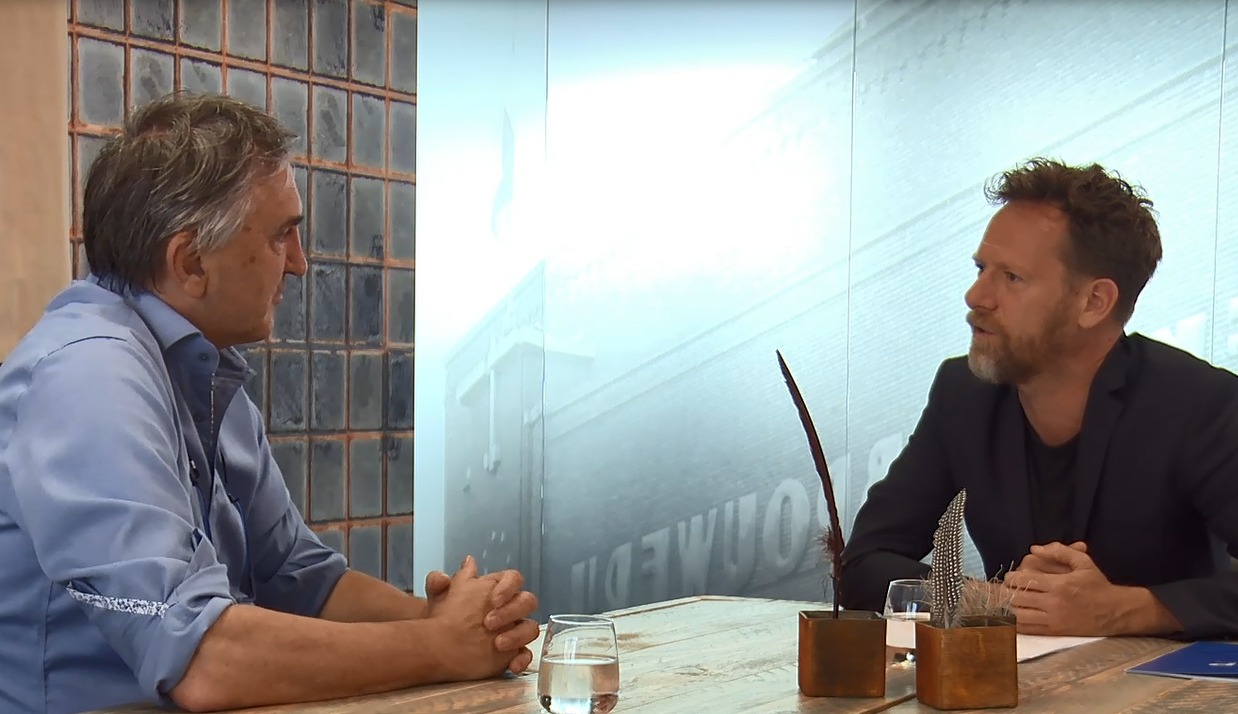How do I get a good print result with a Thermal Transfer Printer?
There are several steps to get a good variable print result. But of course, first to do that we have to define what is good. Actually, everything good is in the eye of the beholder, so the customer decides what is good and what is not good. So he says e.g. ‘I just want a simple variable print’ or ‘I want some durability to the print’ or ‘I want it to last for a few years’. So it depends on the application the customer wants to use it in and the surrounding circumstances of the specific application. Then we can define what a good print would be.
What makes a good variable print result?
There are four things that are very important:
- Knowledge of the application (durability, longevity etc.)
- The optimal substrate to print on
- A Thermal Transfer printer to print with (e.g. quality and sort)
- The optimal Thermal Transfer Ribbon.
You have to find the right combination in order to get the print results you require for your specific needs.
What requirements do customers usually have for Thermal Transfer Printing applications?
It’s a wide range of requirements. For example, a logistic label would be used for a lifetime of 2 days to 6-8 weeks. So 2 days for when you want to send something nationally, and when you have something on a boat, it takes more time, sometimes even 2-3 months. Therefore, not too much durability is required, perhaps some abrasion resistance. Abrasion is when you can rub the print off the substrate. Logistic label printing is mostly done on vellum/paper. In this case, the customer is looking for a cheaper range. Like with most products, there is always a balance between cost and quality.
But when you look for example for automotive labelling, marking, the lifetime is much longer than for logistics labels. It’s about 8 to 15 years. Because they’d print on a car battery or windscreen and it has to last for quite some years. But also, the durability demands are different when it comes to the sort of materials that would come into contact with the print e.g. acid, solvents, oils.
Why is it important to consider the type of label material?
The type of label material works the same as for Thermal Transfer Ribbons. For example, a paper is for a shorter period of use. But you can have some economic synthetics like PP, PE, or PET that are more durable but still not meant for harsh environments. And you also have some coated materials which are really developed for harsh surroundings like heavy industries or the oil industry. Then you need materials that are stronger to deliver the durability you want. So actually it really is a combination of the substrate and the ribbon. These will define the durability of the variable print.
So no client or product is the same for DNP, right?
No, it is always different. So it’s a very broad scale of applications that you can think of. When you look at the different applications there are maybe thousands of different types of applications. When you look at different businesses in for example automotive, aerospace, logistics, pharmaceuticals, healthcare, etc. they all have their own demands. On top of that, there are the vendors of the substrates who all produce their own materials, also applicable to all the different applications of the different sectors. These can be different substrates, but can also be a different coating or varnish on top of the substrate. So you always need to find what matches these.
So within synthetics, there are about 40 different types of synthetic materials. There is also always some type of difference within these. When you have two pieces of paper from different manufacturers, they can also differ. One is smoother the other one is rougher. This is also the case with polyethylene or polypropylene. It’s mostly in the roughness of the material where you see the biggest differences. Then you have to look at what kind of durability is required. So you end up with a lot of variables that require a tailor-made approach to each customer and project when working within the Thermal Transfer Printing industry.
How does a printer affect a good print within Thermal Transfer Printing?
In Thermal Transfer Printing, we have two types of printers. One is called flat-head and the other is called near-edge. In general, they are both built for a different purpose. For example, flat-heads are mostly built to deliver long-lasting variable prints, so you get more durability. Whereas near-edge printers are built to deliver a faster speed.
What also may define the type of printing is the process. Printing can be done after the production process or integrated into the production process. When they are integrated in the production process, the production process is leading in terms of speed. The packages come out of the machine, and at the same time, the print has to be created at the same speed. So in such production processes, the speed of the packaging machines is setting the speed of the printer. So you have a smaller possibility to tweak the settings and e.g. increase or decrease the speed to get a better print result.
That’s why a near-edge printer is set most of the time at a higher energy level to make a good print while maintaining speed.
So that’s is also why when you have both a near-edge and a flat-head printer, you can’t say that you can use the same substrate/ribbon/printer settings to get the same results.
How does the choice of Thermal Transfer Ribbon then influence the end-result of the print?
We have a lot of different substrates, applications, and printers. This makes a high number of different combinations. So when it comes to Thermal Transfer Ribbons, to differentiate them easier, we have split them into three main categories:
- Wax: These ribbons are ribbons that do not offer a lot of durabilities, but they do deliver a good print.
- Wax/resin: To provide a little bit more durability over wax ribbons, we use wax/resin ribbons. These we often print on the more economic synthetic materials. Here the ribbon can in most cases withstand some basic chemicals like IPA. What you will see here is that the high-speed printability of this range is already a little bit lower compared to waxes.
- Resin: These are applicable for prints that are really durable to harsh solvents like MEK, oils, lard. But as they do need more energy to print with them on a substrate. And for such, more durable applications, what you also see is that the substrate of course also needs to be more durable.
To give you an example, for wax we only have about 5 different formulations in our portfolio. However, with wax/resin it’s already about 10-12, and when it comes to resins we have roughly about 25 different types of formulations that we provide. So you see, the more specific an application is the more possibilities you need in your pocket to offer good advice to the customer.
So in short, what is the golden formula for a great variable code print then?
Well, actually there isn’t one great golden formula. We have the application, the printer and settings, substrate, and the optimal Thermal Transfer Ribbon. Only when you ideally combine these factors, you can assure to deliver a good print that perfectly fits your application needs. But when it comes to the ribbon, this is exactly why you can’t say that one would print on everything. There is always a fine balance between speed, durability, and printability. So at the end of the day, we could conclude that tailor-made is the key phrase when it comes to choosing the right Thermal Transfer Ribbon to go with.
How does all Thermal Transfer Printing work in daily operations?
Good question. A customer often receives a certain material that they want to print on, in these cases, they mostly look into their own data to see if they’ve had this type of material in the past to get knowledge on what Thermal Transfer Ribbon you could print on it. Or alternatively, they often try some ribbons they have in-house and with trial and error make a conclusion of whether they have something matching their needs. Then they just start printing, which is not always the best way to go. It is better to ask us whether we can help out with finding the right combination. In these cases, we ask them to send some of the material they wish to print on, we have the ribbons and finally, we assess what kind of durability requirements they have for their specific application. Then we can do testing in our in-house lab and give them advice based on our experience and all the different formulations of Thermal Transfer Ribbons we have.
That was it for interview #1, next time we will go in-depth about the different types of Thermal Transfer Ribbons and why there are so many different formulations of them. Feel free to reach out to us with any questions you may have, request a free product sample, or reach out to request testing support to find the ideal TTR. Until then, stay tuned!

